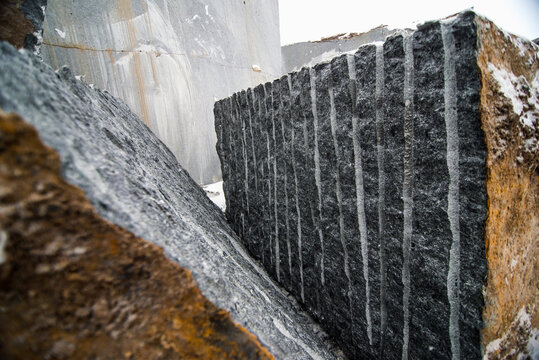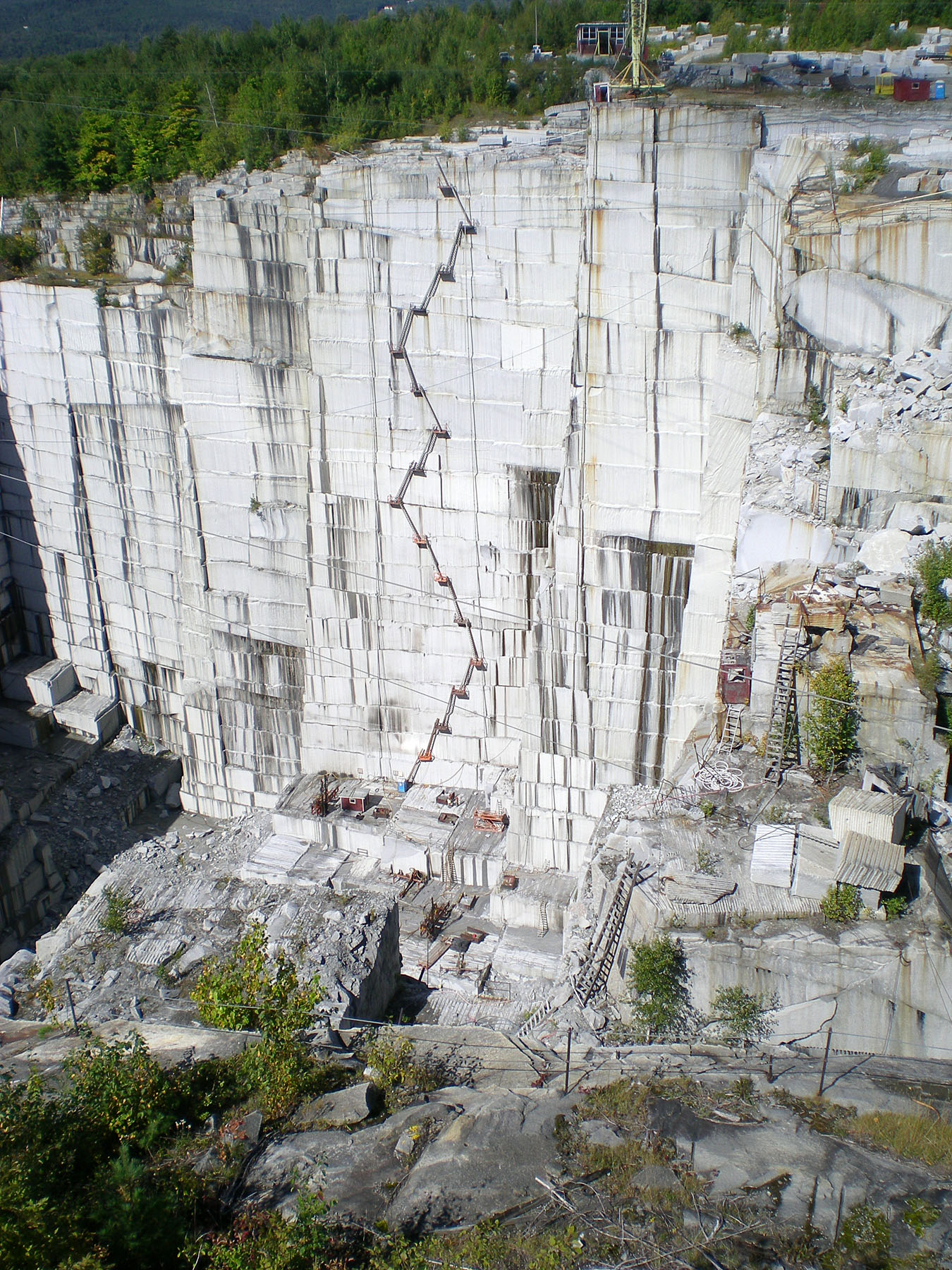Letting Loose the Appeal and Resilience of Granite Quarry: A Journey With Time
Granite quarries stand as testimonies to both the geological marvels of our earth and the long-lasting workmanship of mankind. The trip with time that granite quarrying stands for is an engaging story of technology, willpower, and the intricate dance in between nature and sector. Comprehending the origins of this olden method, the development of methods and tools employed, and the modern-day significance of granite quarrying introduces a tapestry abundant in background and importance. As we peel off back the layers of time and look into the elaborate world of granite quarrying, we uncover a story that not only showcases the elegance and resilience of this magnificent stone yet additionally loses light on the extensive effect it has actually had on people past and present.

The Beginnings of Granite Quarrying
In the annals of history, the origins of granite quarrying can be mapped back to ancient human beings where the mission for long lasting building materials fueled the introduction of this timeless craft. From the marvelous structures of old Egypt to the grand temples of Greece, granite has actually been respected for its toughness, elegance, and long life. The Egyptians, with their sophisticated quarrying methods, were amongst the very first to remove granite widespread, using it to create monumental pyramids and complex sculptures that have actually held up against the test of time.
As civilizations developed, so did the techniques of quarrying granite. The Romans additionally refined the techniques, developing tools and machinery to extract and transport granite over large distances for their architectural projects. The durability and aesthetic charm of granite made it a prized material for basilicas, monoliths, and sculptures throughout the ages.
Today, the tradition of ancient quarrying methods survives on, with contemporary technology enhancing efficiency while still admiring the craftsmanship of our forefathers. The beginnings of granite quarrying act as a testament to human resourcefulness and the long-lasting appeal of this noble stone.
Devices and Methods of Quarrying
Exploring the thorough workmanship of granite quarrying reveals a sophisticated selection of devices and techniques diligently developed over centuries. Quarrying granite requires customized equipment to remove the stone from the earth successfully and with accuracy. Modern quarries use diamond-wire saws, high-powered drills, and explosives to damage apart the granite in a controlled fashion. These tools enable the removal of huge blocks of granite while reducing waste and environmental influence.
In addition to innovative machinery, traditional hand devices are still used in specific quarrying procedures to ensure fragile accuracy in extracting the stone. Chisels, hammers, and wedges are used by experienced quarry employees to separate granite blocks along natural cracks, a technique that has been given via generations.
Additionally, techniques such as piercing upright and horizontal holes for placing plumes and wedges, as well as the controlled use of dynamites in critical places, make it possible for quarry employees to extract granite effectively while protecting the honesty of the stone. The consistency in between modern-day technology and typical workmanship is key to the sustainable quarrying of granite for generations to come.
Development of Granite Quarries
The makeover of granite quarries with time reveals an interesting story of technological innovation and market evolution. From ancient times where hands-on tools like knives and hammers were made use of to extract granite blocks, to the industrial revolution introducing steam-powered equipment for faster quarrying, the advancement of granite quarries has actually been noted by substantial innovations. In current years, the arrival of ruby cord saws and advanced boring innovations has transformed the extraction procedure, enabling more specific cuts and lowered wastefulness of basic material.

Granite Quarrying in Modern Times
The development of granite quarrying methods from historic dependence on handbook devices to the innovative approaches of modern-day times highlights an amazing trip of technical innovation and sustainability practices within the sector. In modern granite quarrying, progressed equipment such as diamond cable saws, high-capacity excavators, and electronic drilling equipment have actually changed the removal procedure. These tools enhance efficiency, accuracy, and safety and security, permitting for larger quantities of granite to be extracted in a much shorter timeframe compared to traditional methods.
In addition, modern-day quarrying methods prioritize sustainability and ecological stewardship - granite quarries in south africa. Companies are increasingly taking on environmentally friendly approaches like water reusing systems, dust suppression modern technologies, and rehab plans for exhausted quarries. These campaigns intend to reduce the ecological effect of granite removal, save natural deposits, and bring back quarried landscapes to their original state
In addition, the assimilation of digital technologies like drones, general practitioner tracking, and 3D modeling has actually allowed quarry operators to maximize operations, boost decision-making, and make certain the sustainable management of sources. By embracing technology and sustainability, the granite quarrying market in modern-day times proceeds to thrive while promoting environmental duty.

Protecting and Securing Granite Quarries
Among the evolving landscape of granite quarrying practices, preservation and protection of these useful all-natural websites have actually come to be critical problems for market stakeholders and ecological supporters alike. As granite quarries continue to be an important resource of this desired rock, it is essential to embrace sustainable techniques that ensure their longevity and safeguard surrounding ecosystems.
Preserving granite quarries entails applying effective improvement plans to restore the land post-extraction. granite quarries in south africa. This procedure consists of improving the terrain, replanting native vegetation, and developing environments for wildlife to thrive. By recovering quarries to their all-natural state, the ecological effect can be reduced, and the beauty of these landscapes can endure for future generations to value
Moreover, safeguarding granite quarries requires applying guidelines that regulate accountable quarrying practices. This consists of tracking water quality, regulating dirt emissions, and taking care of noise levels to alleviate disturbances to the environment and neighboring neighborhoods. Joint initiatives between market players, governmental view bodies, and preservation groups are critical in maintaining these standards and ensuring the lasting use granite quarries.
Verdict
To pop over to this site conclude, the trip through time in granite quarrying discloses the origins, devices, techniques, and advancement of this practice. The modern-day era has brought innovations in quarrying methods, making it possible for the preservation and defense of these important natural deposits. It is very important to continue to support lasting practices to guarantee the beauty and toughness of granite quarries for future generations to value.